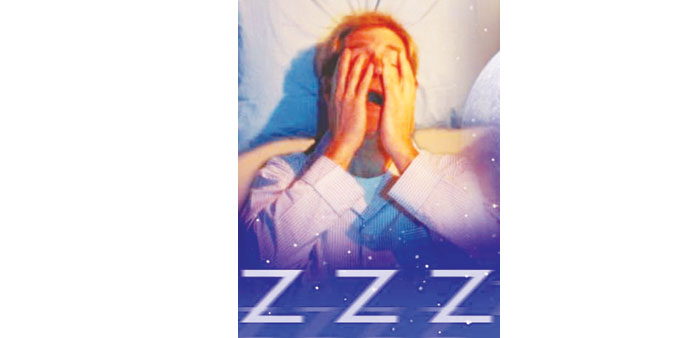|
What does the model Cara Delevingne have in common with Leonardo da Vinci and John F Kennedy? The habit of napping. When US Vogue this month revealed that Delevingne had nodded off during an interview, she wasn’t pleased, saying her sleepiness was evidence of how hard she worked. But napping isn’t restricted to celebrities – or even humans. More than 85% of mammals sleep for short periods during the day; humans are unusual in having distinct times for waking and sleeping. Children and elderly people usually nap. |
Research published last month in Frontiers in Systems Neuroscience found that adolescents randomly selected to nap for up to 50 minutes (instead of attending another class) did better when tested on remembering recent lecture content (which was based on factual statements). The students were invited to wear sleep masks and take a nap in a quiet room at school.
The researchers said that daytime naps are comprised of slow-wave sleep that enhances factual learning. Studies of adults show that naps as short as six minutes (not including the average of five minutes it takes to fall asleep) can improve memory and make people more effective at problem solving. So should we all slope off for a postprandial nap?
Surveys show that up to 80% of people nap once a week. This may be to catch up on lost sleep (the most common reason), to prepare for going without sleep or for enjoyment. There is a circadian dip in how awake we feel from 3pm to 5pm, and naps taken between 2pm and 3pm (before we get dozy) can improve performance and alertness.
A nap at the wrong time (late afternoon) can cause sleep inertia – feeling groggy and disorientated when you wake up – and mess up your night-time sleep. A study comparing a nap with using caffeine and sleeping longer at night found the nap was most effective in reducing afternoon doziness. Research suggests that short naps (10-30 minutes) improve learning, creativity and alertness, while longer ones may make you feel confused and reduce mental reasoning.
Naps seem to have restorative powers for all ages and create a sense of wellbeing. Google actively encourages snoozing at work by having “nap pods” that block out external stimuli and wake employees up through gentle vibrations and light. Naps are increasingly losing any stigma they might have had – forget the older person snoring in armchair after lunch, or the young person sleep-deprived on the sofa.
Naps are not suggestive of laziness or poor sleep patterns. They can help the middle-aged catch up after the normal decline in quality of night-time sleep, and put younger people in a better, more alert mood. - Guardian News and Media
♦ Dr Luisa Dillner heads BMJ Group Research and Development.


